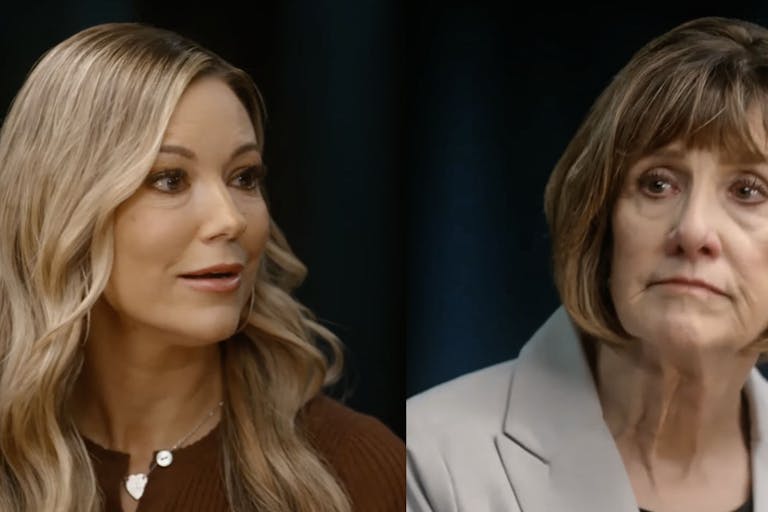
Conceived in Rape: A mother and daughter tell their powerful story
Kelli Keane
·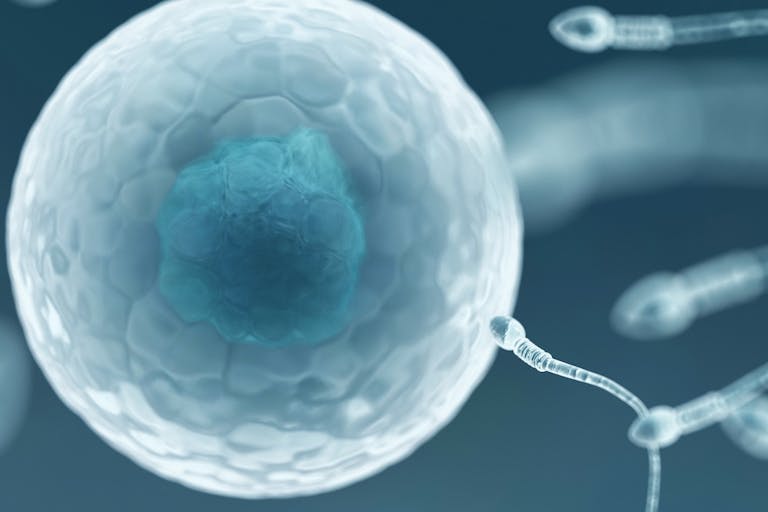
The surprising reason why an Australian government is begging for sperm and egg donors
The government in Victoria, Australia, is paying for a campaign to increase the number of egg and sperm donors, despite the ongoing controversy surrounding the unchecked fertility industry in the country.
The Age reported that the campaign is set to air on the radio as well as in social media campaigns, in which Victorians are urged to be “life-makers” alongside images of smiling heterosexual and homosexual couples, as well as a single mother. Associate Professor Kate Stern, head of reproductive services at the Royal Women’s Hospital, said people have stopped donating as often after legal changes in 2017 gave donor-conceived people the ability to find out who their biological parents are once they turn 18.
Currently, there are hundreds of people waiting for sperm and egg donations; one woman, Daniela, told The Age she was given a 24-month wait. Dr. Karin Hammarberg, a senior research fellow at Monash University, said more people would donate if they were paid to do so — and if they were guaranteed to remain anonymous. Currently, because the rights of the children conceived through the fertility industry take precedence, most would-be parents travel overseas to get egg and sperm donations from donors who can remain anonymous. “That means that those children, when they grow up, don’t know their biological origins,” she said. “If we think that it’s really important for the child to know their biological origins, then we have to make it easier for people to access donor gametes here where there are registers.”
READ: Donor-conceived man: Donor conception is a ‘no win situation’ for a child
Yet multiple people have found that the fertility industry is completely unchecked, with multiple couples discovering that their sperm donors could have fathered thousands of children. Often, these parents were not told ahead of time how often the donors had given sperm or how many times a donor’s sperm had been used. “The document shows that his sample made four ampoules on one day but in some cases a donation could be split as many as 16 times,” one of them said. “But just keeping it at the lower possibility my children’s donor could have 956 kids or even more than 1000 children. I always knew he was a popular donor and my own investigations had shown he probably had dozens of kids, but these numbers have broken me. I feel so guilty. I would never have used him if I had any clue of what was going on. It is no fault of the donor, but I did trust the process.”
A similar campaign was launched in Scotland, hoping to increase the number of donors. Yet critics noted that would-be donors were not being warned of the risks.
“The pastel-coloured adverts all feature words such as ‘love’ and ‘hope.’ Also present are phrases such as ‘give the gift of being parents,’ ‘give the joy of starting a family’ and ‘help bring joy to someone.’ If one wishes to target young women reared as part of the ‘be kind’ generation, this is the ideal language to use. Yet nowhere did any of the adverts list the side effects or risks associated with egg donation,” Helen Gibson, of Surrogacy Concern, wrote for Unherd. “It isn’t widely known, but egg retrieval carries health risks, some of which can be severe,” she added. “One of these, ovarian hyperstimulation syndrome (OHSS), can prove fatal. OHSS occurs when the ovaries develop too many follicles as they over-respond to the medication used to mature the eggs prior to retrieval. If this happens, fluid from the blood vessels can leak into the abdomen and, in some cases, into the space around the heart and lungs.”
She continued, “Mild OHSS in women having IVF treatment is quite common, usually affecting around a third of patients. Severe OHSS is rarer, but two women died in the UK following complications arising from the condition in 2005 and 2006. More usually, side effects of egg retrieval for women include vomiting, nausea and abdominal pain. Where the issue becomes more pernicious is that OHSS is more common in women aged under 30 — precisely the group targeted by these adverts.”
Gibson further noted that at least two women are known to have died in the United Kingdom from OHSS.
Jennifer Lahl, founder and president of The Center for Bioethics and Culture Network, also previously spoke with Live Action founder and president Lila Rose about assisted reproductive technology (ART), and the dangers that women and children face from it.
“It’s all flowery, ‘Make dreams come true,’ ‘Help a family.’ You’ll see young girls who have sold their eggs say, ‘Well you have so many eggs, I’m not using them anyway.’ So there’s this lure, and people go, ‘Well I like to help people and, sure, that money sounds great and I’m not using my eggs right now. Why not sell some?’ But, there’s the drugs,” Lahl said, adding, “At the end of the day, they’re selling their children. And two of the women in ‘Eggsploitation’ lost their ability to ever have their own children. So their fertility was permanently damaged.”
Live Action News is pro-life news and commentary from a pro-life perspective.
Contact editor@liveaction.org for questions, corrections, or if you are seeking permission to reprint any Live Action News content.
Guest Articles: To submit a guest article to Live Action News, email editor@liveaction.org with an attached Word document of 800-1000 words. Please also attach any photos relevant to your submission if applicable. If your submission is accepted for publication, you will be notified within three weeks. Guest articles are not compensated (see our Open License Agreement). Thank you for your interest in Live Action News!

Kelli Keane
·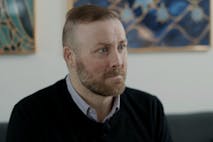
Issues
Bridget Sielicki
·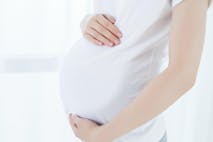
Issues
Angeline Tan and Kelli Keane
·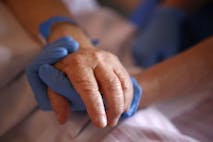
Guest Column
Right to Life UK
·
International
Cassy Cooke
·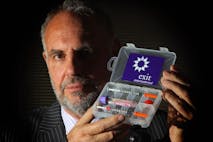
International
Cassy Cooke
·
Pop Culture
Cassy Cooke
·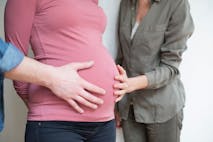
Issues
Cassy Cooke
·
International
Cassy Cooke
·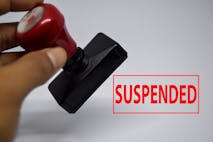
Investigative
Cassy Cooke
·
Human Rights
Cassy Cooke
·